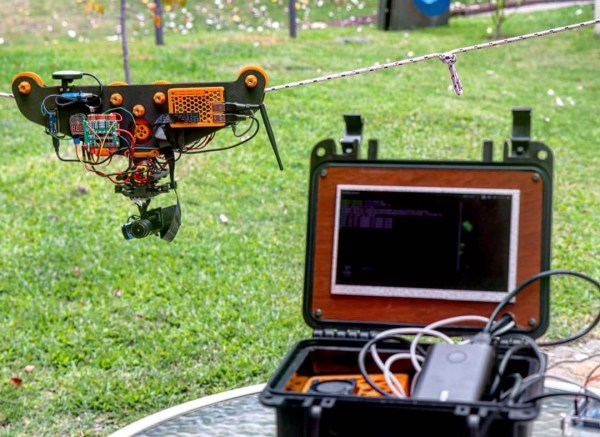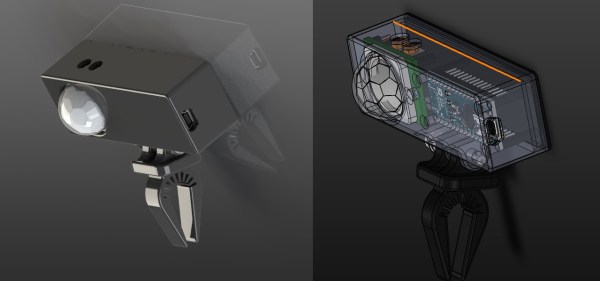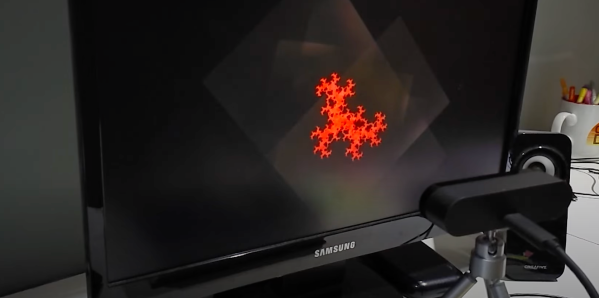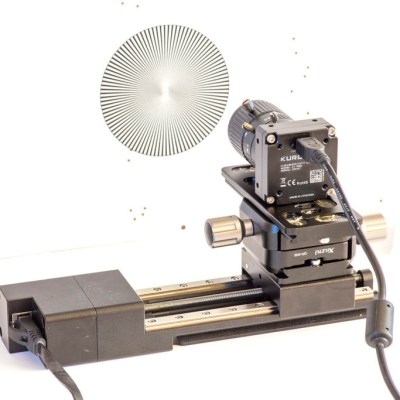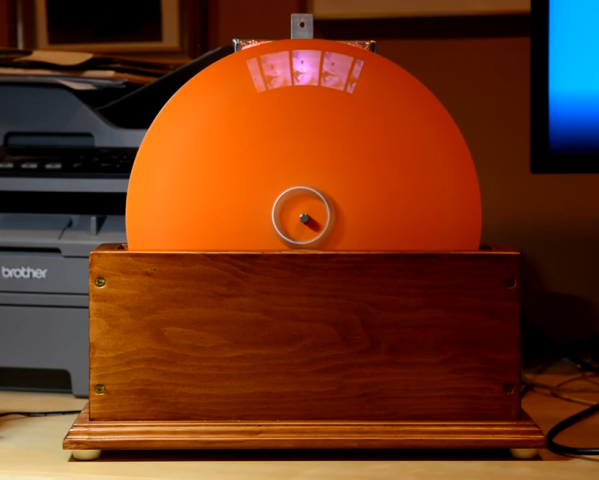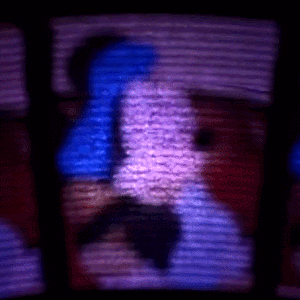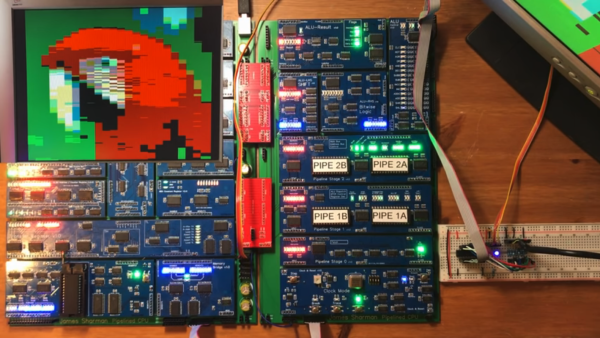Drones have become the standard for moving aerial camera platforms, but another option that sees use in the professional world are cable cameras. As an exercise in integrating mechanics, electronics, and software, [maxipalay] created his own Cablecam.
Cablecam is build around a pair of machined wood plates, with some pulleys and motor reduction gearing between them. A brushless hobby motor moves the platform along the rope/cable, driven a drone ESC. Since the ESC doesn’t have a reverse function, [maxipalay] used four relays controlled by an Arduino to swap around the connections of two of the motor wires to reverse direction. The main onboard controller is a Raspberry Pi, connected to a camera module mounted on a two-axis gimbal for stabilization. A GPS module was also added for positioning information on long cables.
The base station is built around an Nvidia Jetson Nano connected to a 7″ screen mounted in a plastic case. Video, telemetry and control signals are communicated using the open-source Wifibroadcast protocol. This uses off-the-shelf WiFi hardware in connectionless mode to broadcast UDP packets, and avoids the lengthy WiFi reconnection process every time a connection drops out. The motion of Cablecam can be controlled manually using a potentiometer on the control station, or use the machine vision capabilities of the Jetson to automatically track and follow people.
We’ve seen several cable robots over the years, including a solar-powered sensor platform that resembles a sloth.

